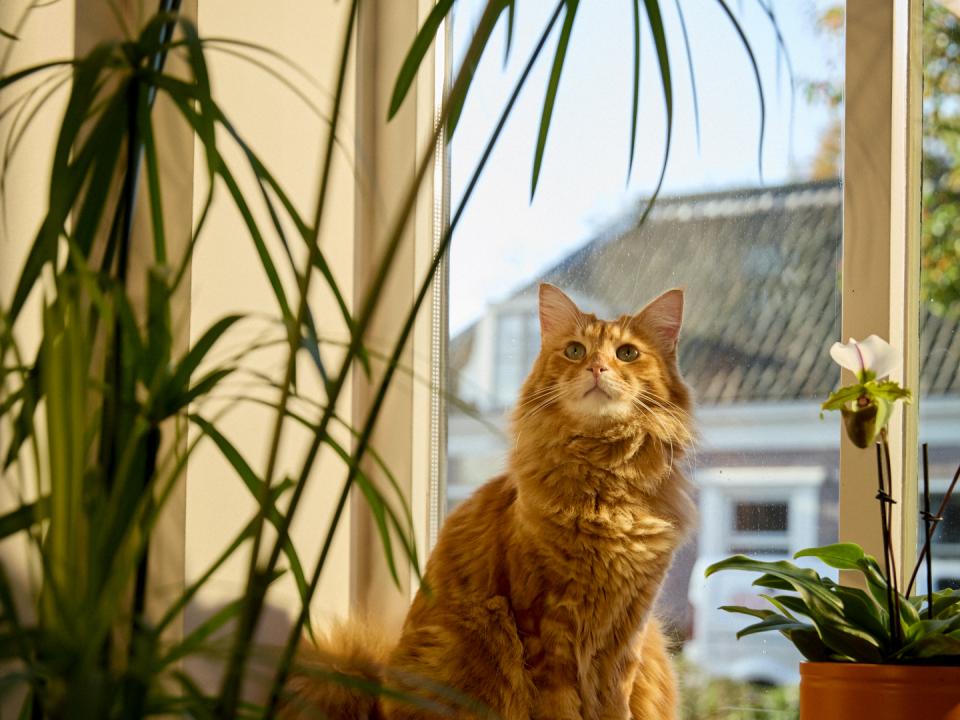What does it mean if a plant is poisonous?
If you share living space wth pets, young children or anyone likely to touch or ingest plants that they're not supposed to, you should be aware that houseplants can pose potential danger. Not all plants are created equal and some can cause health problems. But what does the term 'poisonous plant' actually mean?
If a plant is considered poisonous, it often does not mean that ingestion is life-threatening. Toxic plants may contain substances that cause mild or severe symptoms, depending on the amount ingested and the type of plant. Prevention is better than cure, which is why plants that cause mild symptoms, such as minor skin irritation, are still considered toxic.
What happens after ingesting or eating a toxic houseplant?
Common symptoms after ingesting a mildly poisonous plant are vomiting, diarrhoea and irritation of the mouth and stomach. Fortunately, pets and children are often put off by the unpleasant taste of poisonous plants which can reduce the risk. Better safe than sorry, however.
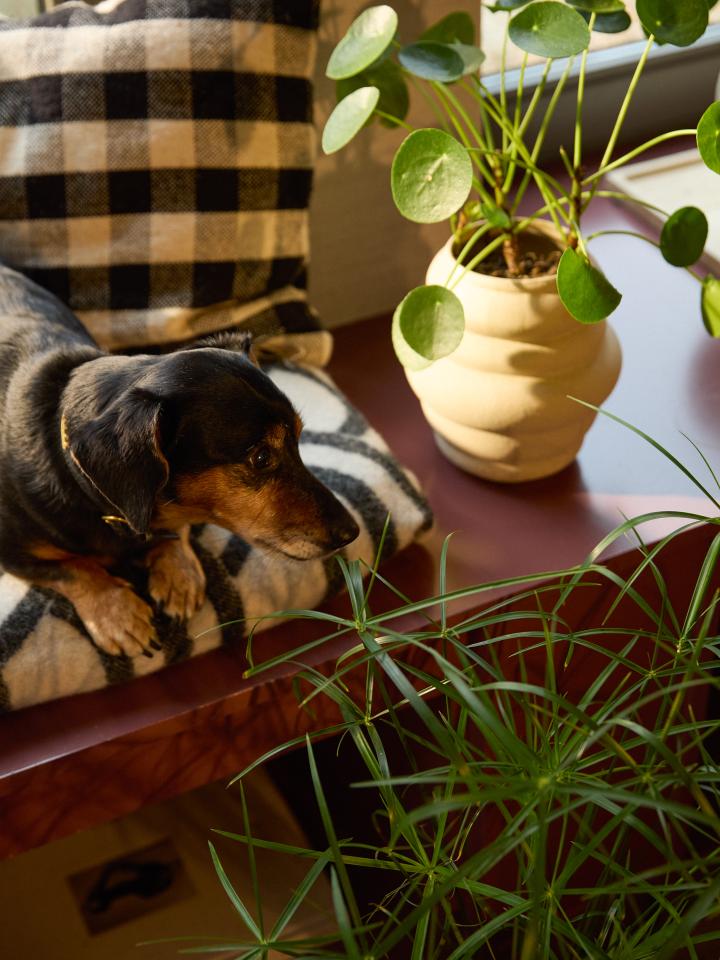
What happens after coming into contact with a toxic houseplant?
Different symptoms may occur after skin contact with a poisonous plant, depending on the plant species, amount of contact and sensitivity of the animal or person. Skin irritation such as redness, itching and swollen skin are common. Pain or a burning sensation may also occur. In some cases, blisters may appear on the skin, especially with plants containing an irritant sap or oil.
How do you know if a plant is toxic to pets and/or humans?
You cannot tell whether a houseplant is toxic to pets and humans just by looking. There are no general external characteristics for poisonous plants. If you know the name of the plant, you can look up its toxicity online. The plant label, tag or plant cover may also tell you whether a plant is poisonous or not.
Want to be on the safe side? Keep the name the label of the plant after purchase, so you can always look back to see exactly what the plant is called and whether it's poisonous.
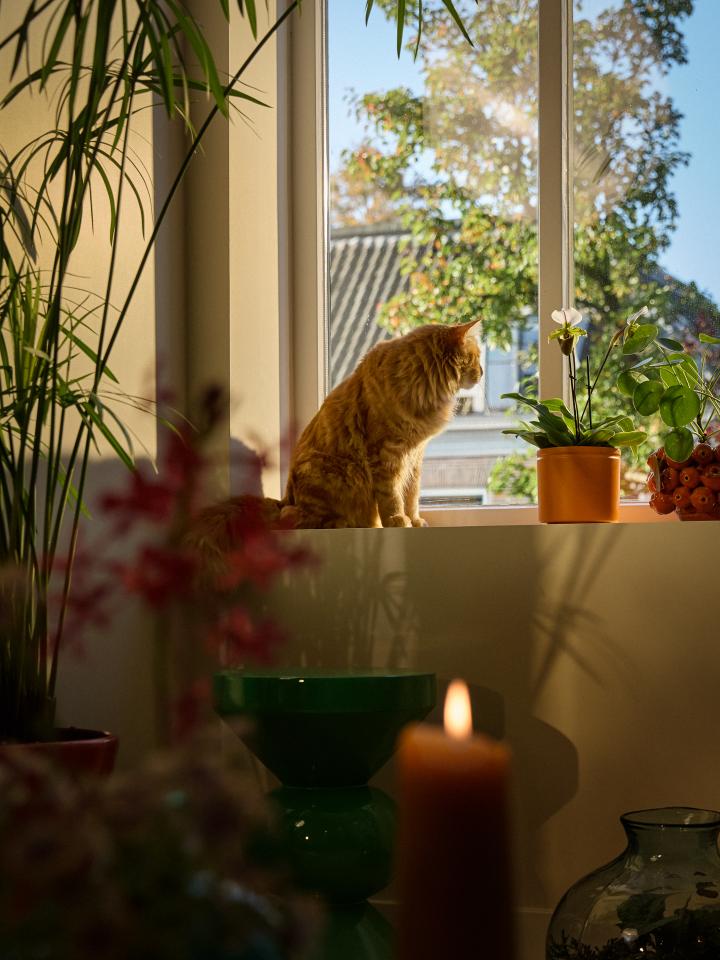
Houseplants that are toxic to pets*
Examples of houseplants that are toxic to pets such as dogs and cats are:
- Alocasia
- Dieffenbachia
- Peace lily
- Dotted begonia
- Arum lily
- Monstera
- Dragon ivy
- Umbrella tree
- Ficus
- Lily
- Zamioculcas
- Snake plant
- Euphorbia
- Yucca
- Philodendron
- Dracaena
- Caladium
Houseplants that aren't toxic for pets*
Examples of houseplants that are non-toxic for pets:
- Beaucarnea
- Bromeliad
- Calathea
- Spider plant
- Banana plant
- Chinese money plant
- Grasses
- Bamboo
- Areca palm
- Kentia palm
- Elkhorn fern
- Saw cactus
- Boston fern
- Polyscias
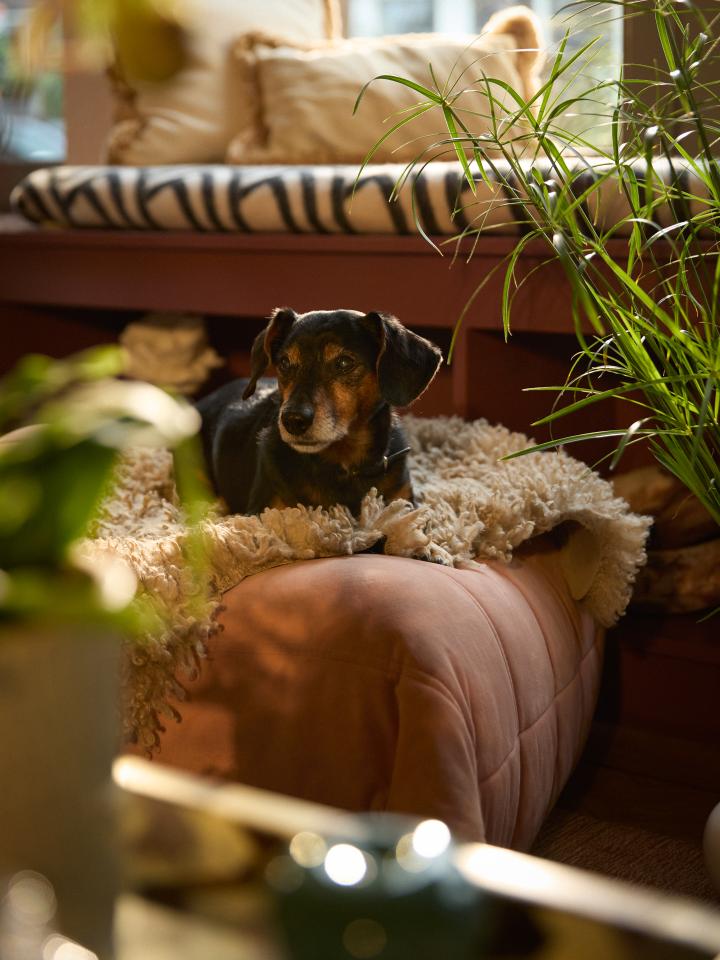
Other things to consider regarding plants, pets and children
Just because a houseplant is non-toxic does not necessarily mean that it is edible, animal- and child-friendly. You should also consider:
- Plants with sharp spines, edges or points, such as cacti, can cause injuries. These plants are best avoided if pets and children live in the house.
- Plants pots can fall over if a pet or child bumps into them. Always check if your houseplants are standing firmly enough and, if necessary, put them out of reach of four-legged friends and children.
- Teach children not to eat plants and not to touch them too much.
- Excessive intake of any plant is never a good idea, even if it's non-toxic. If you're ever concerned in any way that a child or pet has consumed part of a plant, consult a doctor or vet.
Plants that cats love**
If you live in thrall to the whims of Ms/Mr Fluffy, these plants will curry favour. Cats generally love these houseplants:
- Catnip: Catnip is perhaps the most popular houseplant among cats (the clue's in the name, after all). This herbaceous plant contains nepetalactone, a mild hallucinogenic substance that puts cats in a euphoric mood. Most cats become playful and active when in contact with catnip. This can cause them to exercise more, which is good for their health. Rest assured that the herb has a calming effect at the same time, which helps them relax after all that exercise.
- Spider plant: Spider plant is a favourite among cats because of its long, narrow leaves. Cats love to nibble on them, which promotes digestion and can help to keep cat's teeth clean.
- Cat grass: cats love grasses. Cat grass is not a specific plant but refers to different types of grass, such as wheat grass or barley grass, that have been grown specifically for cats. Cats love to chew on the soft, green blades (it's a natural instinct!) which helps them with digestion. It's also thought that cats can gain folic acid from this, a vital nutrient. If your cat suffers from hairballs, cat grass could well help them out.
- Umbrella plant: cats love the Umbrella plant for its grassy texture and agile, playful stems, which stimulate their play and hunting instincts. Although the plant does not contain specific scents like catnip, umbrella plant is non-toxic and safe for cats to chew on, offering sensory stimulation. Eating a leaf every now and then can even aid a cat's digestion.
- Valerian: cats experiencing stress can benefit from valerian. The scent of this plant has a calming effect, but internal use (ingestion) can also be soothing. Valerian can also make your cat more playful - if your furry friend suffers from laziness, this could encourage them to move around and play more.
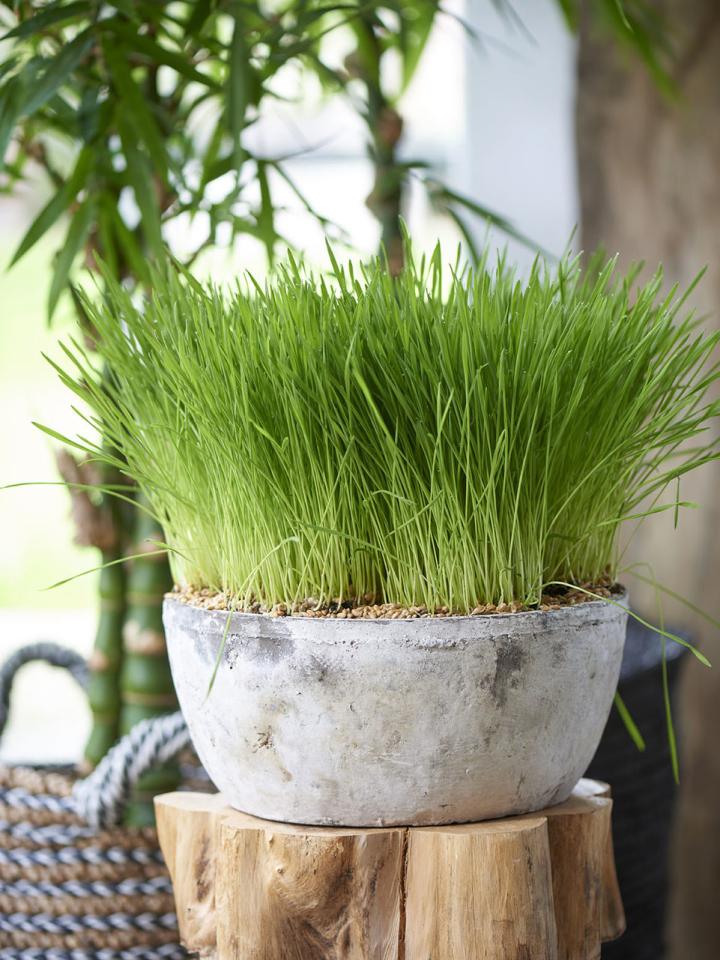
Plants that dogs love**
We can't forget Fido. These plants generally appeal to dogs:
- Chamomile: dogs can be attracted to the scent of chamomile, which can have a calming effect on them. Chamomile also has anti-inflammatory properties and can help relieve stomach upset and anxiety when ingested.
- Parsley: dogs love the smell and taste of parsley. The herb can even serve as a natural breath freshener. Parsley is rich in vitamins and minerals and can aid dogs' digestion.
- Grasses: Nibbling on grass is natural dog behaviour. They may eat grasses such as wheat grass and barley grass simply because they like it, but it also promotes digestion, can soothe the stomach and helps to clean teeth.
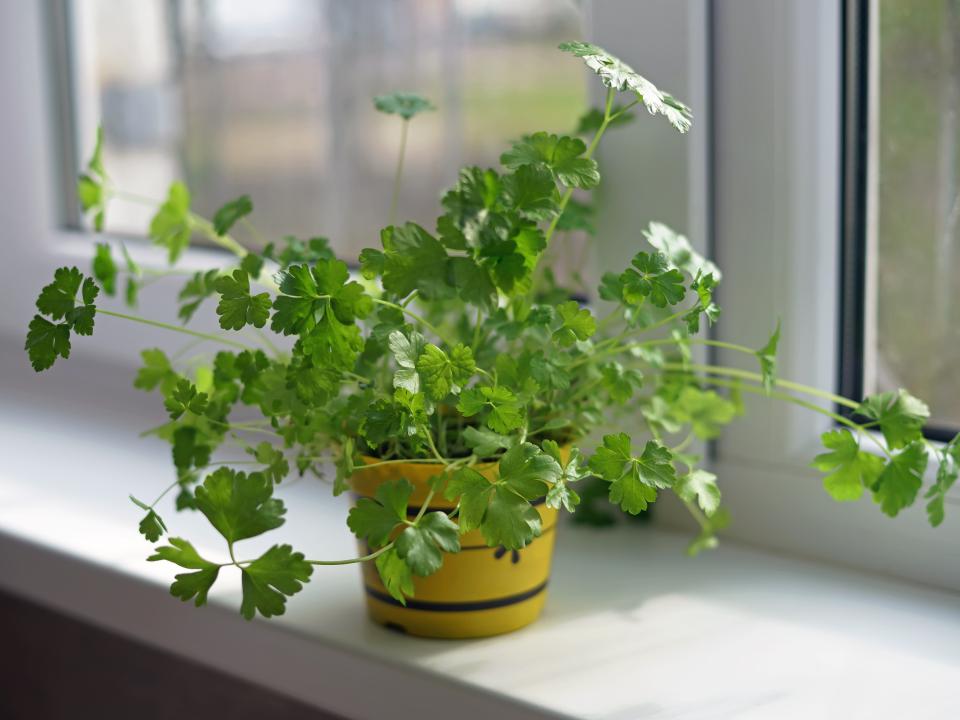
More green inspiration
You should be proud for ensuring that your pets and green friends can live together in perfect harmony. If you're hunting for more green inspiration, check out these 10 cool hanging plants that your pets won't be able to reach, and some basic tips for caring for houseplants to ensure your greenery stays happy and healthy.
*Disclaimer: these lists are not complete and are intended only to provide examples of common toxic and non-toxic houseplants for pets and/or humans. If a plant is not on the lists, this does not mean it isn't toxic. If you're unsure, always consult a vet or doctor for guidance.
**Important: While many plants and grasses are safe to eat, it's important to make sure your pet does not come into contact with pesticides or herbicides. Additionally, eating too many grasses or plants can lead to digestive problems.

